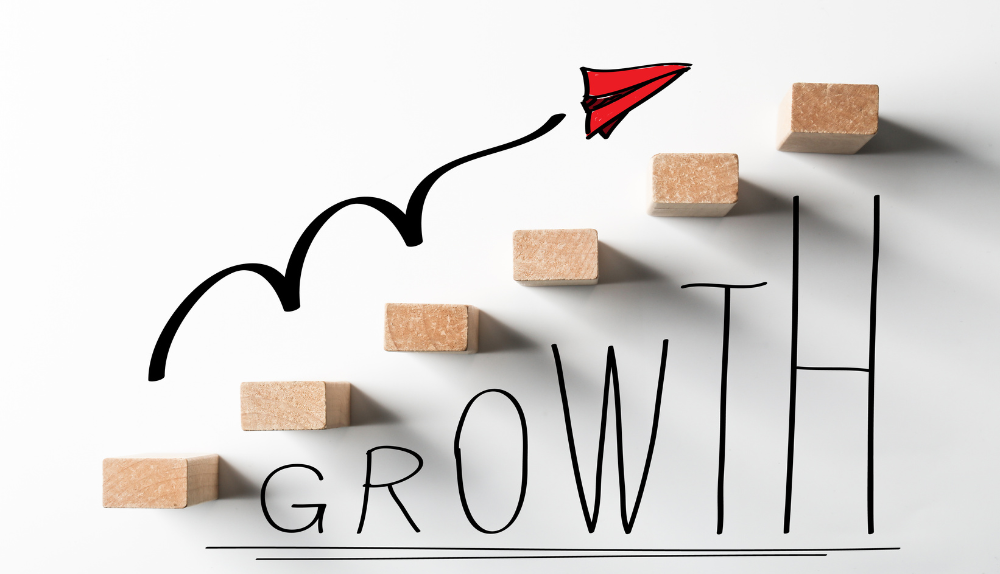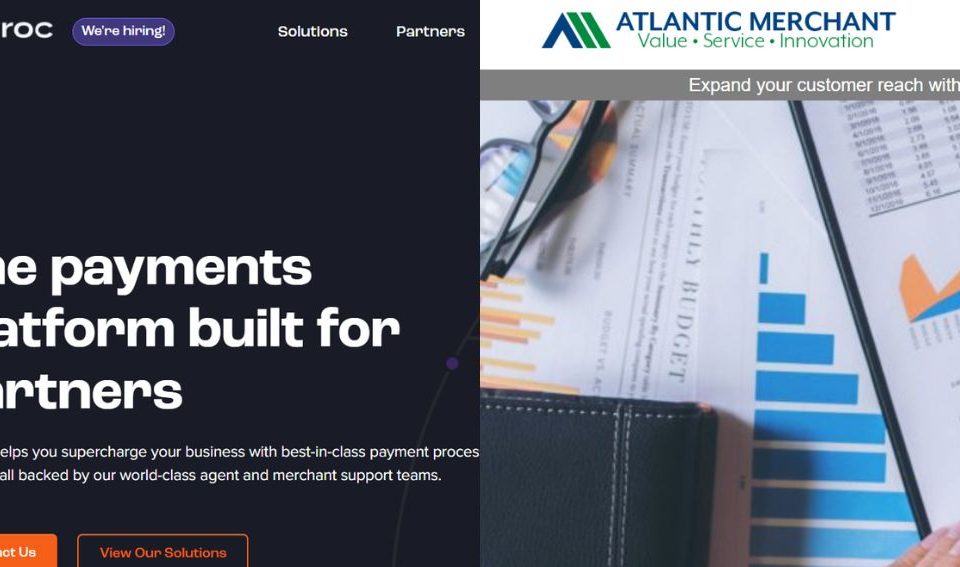10 Benefits of Mergers and Acquisitions You Should Know

Business Acquisition – How to Acquire a Company in 8 Steps?
March 13, 2023
The top 10 M&A Consulting Companies in the World
March 19, 2023The key to success in today’s fast-paced business world is to always be one step ahead of the competition. One way that many successful companies have achieved this is through mergers and acquisitions.
It’s no secret that few companies reach the very top without conducting at least a few M&A transactions. In fact, many leading organizations have dedicated teams whose sole responsibility is to seek out potential acquisitions that can offer significant benefits.
An active mergers and acquisitions strategy can help companies expand their market access, reduce competition, improve performance, and lower production costs.
In this article, we will explore the top 10 benefits of mergers and acquisitions and how they can present an effective strategy for company expansion and new revenue streams, ultimately improving bottom-line profitability. So let’s dive in and discover the opportunities that M&A transactions can bring to your organization.
Simplifying the Benefits of Mergers and Acquisitions: 10 Unique Advantages Explained
1. Maximizing M&A Synergies
2. How Economies of Scale Can Drive Growth and Efficiency
3. The Power of Economies of Scope
4. Unlocking New Talent
5. Accessing New Markets and Increasing Market Share
6. Faster Strategy Execution
7. Strategic Mergers and Acquisitions
8. Diversification
9. Tax Incentives
10. Improved resilience to withstand challenging situations
1. Maximizing M&A Synergies
Unleashing the Power of Synergy in Mergers and Acquisitions: Two Companies Can Achieve More Together than Apart.
One notable instance is Pfizer’s merger with Allergan, where the combined company’s revenue was expected to be over $60 billion. The synergy of the two companies allowed them to achieve cost savings, increase research and development capabilities, and gain access to new markets.

Another case in point is the merger of Bank of America and Merrill Lynch. Bank of America’s large customer base and network, combined with Merrill Lynch’s expertise in wealth management and investment banking, created a powerhouse capable of providing clients with a wide range of financial services.
In both instances, the synergy created through M&A led to greater success than each company could have achieved on its own, highlighting the potential for significant benefits when two companies combine their strengths.
2. How Economies of Scale Can Drive Growth and Efficiency
Companies frequently merge with or purchase other businesses in order to reap the benefits of size and scale. These benefits include easier access to capital, lower volume costs, and a stronger bargaining position with distributors. However, focusing on sustainable growth rather than the trap of “empire building” is critical.
Amazon’s acquisition of Whole Foods Market is one example of a successful M&A that took advantage of scale and size advantages. As a result of this acquisition, Amazon gained access to Whole Foods’ established customer base and supply chain, allowing them to offer a broader selection of goods at lower prices. The acquisition also allowed Amazon to enter the grocery market and compete with established brick-and-mortar retailers due to the advantages of size and scale.
3. The Power of Economies of Scope
The economies of scope that mergers and acquisitions create allow businesses to offer more products and services at lower costs than they could by developing them in-house. This strategy can save money in the long run because of increased customer demand and improved negotiating positions.
With the acquisition of Whole Foods, for example, Amazon gained access to a new customer base, which it has since capitalized on by offering grocery delivery services, thereby broadening its operations. Furthermore, Amazon took advantage of scope economies by incorporating Whole Foods’ supply chain management into its own delivery services, thereby increasing efficiency and lowering costs.
Businesses that take advantage of economies of scope can achieve growth and efficiency that would otherwise be difficult to achieve organically. Cost savings, time savings, and entry into new markets are all possible with this approach.
4. Unlocking New Talent
Through mergers and acquisitions, companies can gain access to previously inaccessible talent pools. This helps bring in new perspectives and ideas, and it also attracts top talent.
If we take one example, Microsoft was able to gain access to LinkedIn’s massive database of skilled workers after purchasing the company. LinkedIn’s user data and networking features helped Microsoft streamline and improve its own recruitment processes. The acquired company can benefit greatly from the skillsets of the seller.
5. Accessing New Markets and Increasing Market Share
One common goal of mergers and acquisitions is to increase market share. The banking industry has seen a lot of mergers and acquisitions because retail banks, in particular, have always tried to expand their geographic footprint in order to secure a larger share of the market.
For example, Santander, a Spanish retail bank, has systematically acquired competitors to become one of the world’s largest retail banks. Santander’s market share and profitability have increased as a result of the company’s growth strategy of mergers and acquisitions.
6. Faster Strategy Execution
Mergers and acquisitions are frequently used to hasten the process of achieving a company’s long-term strategic goals. Starting a new company or entering a new market can be extremely expensive, but by buying an established rival, you can access their clientele, brand value, and R&D capabilities without having to make any of those investments yourself.
For example, Microsoft spent $7.5 billion to buy the developer platform GitHub in 2018. Microsoft was able to enter a new market by utilizing the developer community, an essential force behind technological advancement.
Similarly to that, in 2014, Facebook spent $19 billion to buy WhatsApp. A well-known messaging service is WhatsApp. The acquisition allowed Facebook to expand its presence in emerging markets where WhatsApp was already the market leader and gave it access to the app’s then sizable user base of more than 450 million people.
Combining businesses can hasten operations like R&D and product development. An organic strategy can take years to develop and release a new product, but an acquisition can boost an organization’s capacity for innovation right away.
7. Strategic Mergers and Acquisitions
To expand and grow, businesses can greatly benefit from mergers and acquisitions. One such perk is the improved competitiveness that comes from utilizing economies of scale.
Growing businesses have a better chance of taking a sizable slice of the market and making an impression. In the auto industry, for example, conventional automakers have shifted their attention to the production of electric vehicles, making life more difficult for Tesla, the industry pioneer in this space.
Economies of scale allow businesses to reduce costs, streamline operations, and gain more leverage with their suppliers. These advantages can lead to better financial results and higher profits.
Mergers and acquisitions can help businesses in many ways, and taking advantage of economies of scale is just one of them. Companies can set themselves up for sustained growth and industry leadership by realizing and capitalizing on these advantages.
8. Diversification
Economies of scope are intrinsically linked to the need for a company to diversify its revenue streams. Spreading the risk across multiple revenue streams is preferable to relying on just one. Facebook is no exception; the site has struggled to keep its younger users from defecting to rivals like Instagram and WhatsApp.
By acquiring these services, Facebook was able to reduce its dependence on any one product and increase its overall revenue. The company was able to grow and remain stable despite the shifting market thanks to this strategy.
Increased revenue streams after an M&A can help the acquiring company spread out the risk associated with those streams. After noticing a decline in its younger user base, Facebook took advantage of this trend by acquiring the photo-sharing app Instagram and messaging app WhatsApp.
Facebook’s ability to prosper through a variety of economic and market conditions is a direct result of the company’s strategy of expanding its revenue streams. As a result, in today’s fast-paced business world, risk diversification is crucial for companies to maintain their competitive edge and relevance.
9. Tax Incentives
One benefit that an acquiring company may reap from an acquisition is a reduction in its effective tax rate. This is especially the case if the target company operates in a strategically important sector or in a country with a particularly advantageous tax regime.
In order to take advantage of Ireland’s lower tax base, many American pharmaceutical companies began eyeing smaller Irish companies and considering moving their headquarters to Ireland. A tax inversion is a merger between two companies that allows the acquiring company to pay less in taxes.
The proposed 2016 merger between Pfizer and Allergan, valued at $160 billion, was one of the most publicized tax inversion deals. But the federal government of the United States stepped in and killed the deal because of worries about a drop in tax revenue.
It’s no secret that many corporations view tax inversion deals as a viable strategy for lowering their tax bills, and this is true despite government intervention. The acquiring firm may be able to reduce its tax liability and boost its bottom line by purchasing a business in a country with lower tax rates.
It’s worth noting, though, that tax inversion deals aren’t without their detractors, who claim that the deals help corporations avoid paying their fair share of taxes. This has led governments all over the world to take action to limit or ban such transactions.
10. Improved resilience to withstand challenging situations
Mergers and acquisitions (M&A) are becoming increasingly common among companies as a means to strengthen their positions in the market and endure difficult economic times. Companies that join forces benefit from greater size, resources, and expertise, allowing them to adapt better to the dynamic nature of global markets.
In 2015, for instance, industry giants Anheuser-Busch InBev and SABMiller merged to form the world’s largest brewer. The newly combined company was able to weather market downturns and seize new business opportunities thanks to the $107 billion merger.
In a similar vein, many companies opted to acquire rivals during the COVID-19 pandemic in order to protect their bottom lines. Example: during the pandemic, Amazon’s 2017 acquisition of Whole Foods increased the company’s market share in the grocery sector. This purchase allowed Amazon to meet the rising demand for online grocery delivery and gain access to the Whole Foods distribution network.
In conclusion, mergers and acquisitions can provide companies with the fortitude and resources they need to weather difficult economic times and remain competitive and relevant in the marketplace.
Conclusion
When it comes to mergers and acquisitions, every business has particular requirements and objectives. Successful M&A transactions can provide the participating companies with a variety of advantages, such as risk diversification, increased competitiveness, widened market access, and access to new technology and expertise.
The advantages of M&A go beyond these frequently mentioned advantages, though. M&A can result in improved economies of scale, increased innovation, and the possibility of tax benefits depending on the sector and the particulars of the companies involved. The cultures of the merging companies must mesh well in order for an M&A to be successful.
It takes the ideal fusion of union and individuality to hold onto a dominant market share. Companies should, therefore, carefully consider the advantages they are most hoping to gain from the acquisition, as well as the cultural fit between the two companies when determining their motivations for buying.




